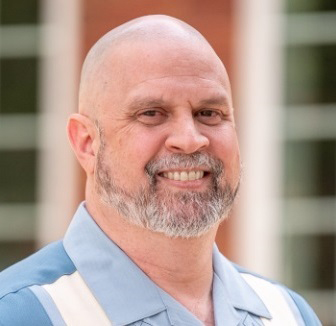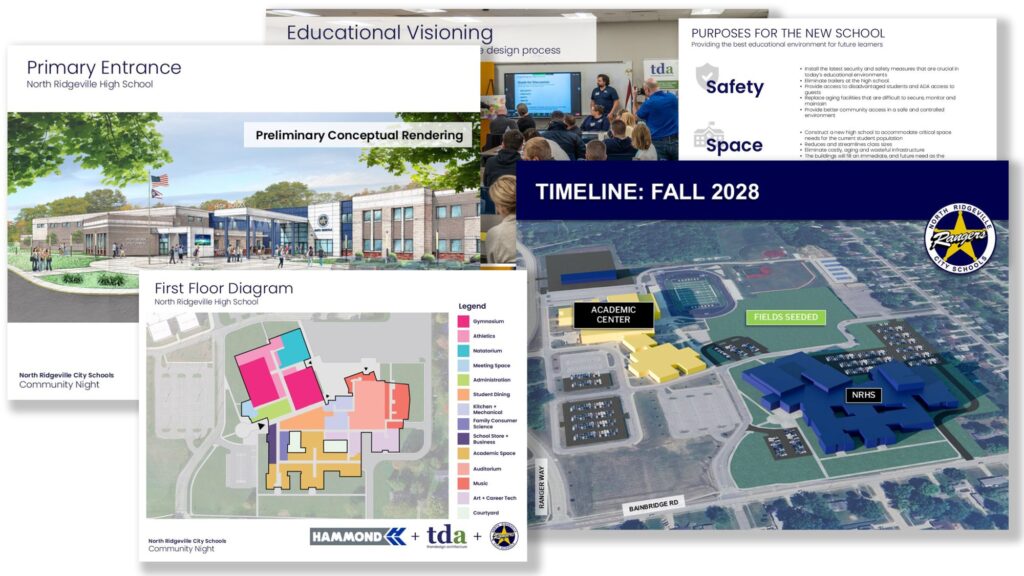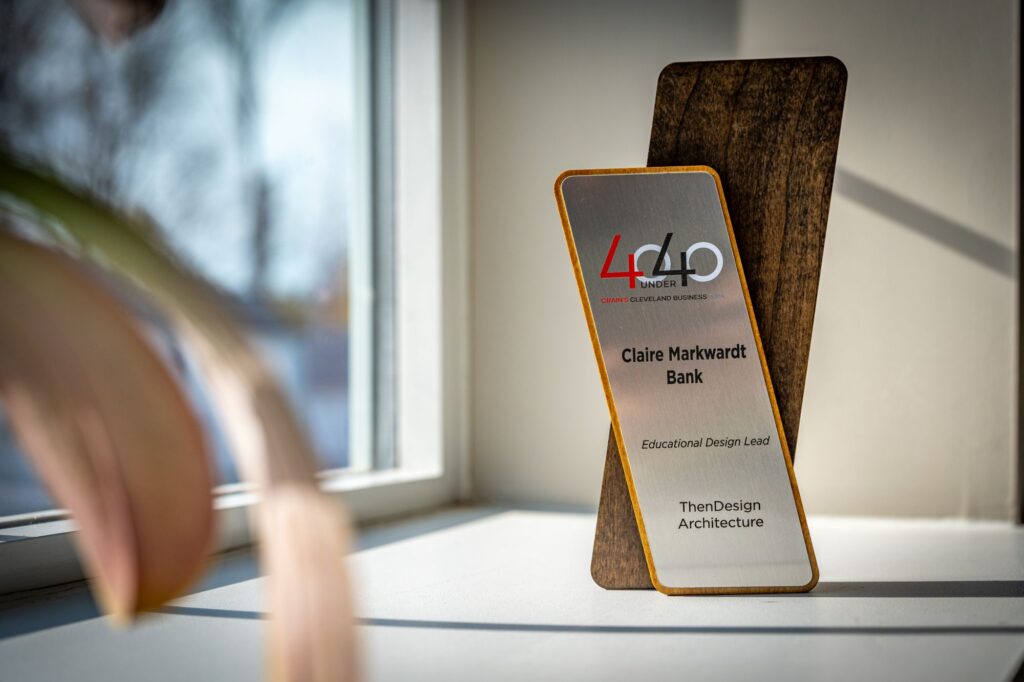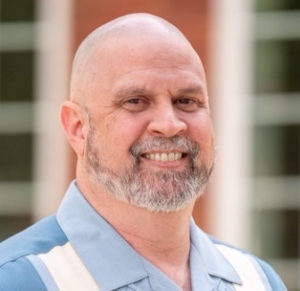Highlighting Excellence in School Communication
Schools across Ohio are dynamic centers of learning, continually innovating to connect with students and equip them for a complex and ever-evolving world. However, achieving that mission is often challenged by busy schedules, the rapid pace of technological change, and tight fiscal constraints. Especially for public schools, the need for clear, consistent messaging delivered through modern communication channels is more important than ever to effectively tell stories about the impact of public education and build vital support and pride in each community.
The Ohio School Public Relations Association Conference 2025
The Ohio Public School Relations Association
Supporting those on the front lines of this effort is the Ohio School Public Relations Association (OHSPRA). This organization is dedicated to the training and professional development of school communication professionals. OHSPRA’s core mission is to facilitate support for and trust in education through comprehensive communications and public relations efforts. They provide valuable resources and training to help members listen to and communicate responsibly with their many internal and external audiences while working to enhance the image and role of their districts.
Educators do amazing things each day, and they deserve to have their stories told.
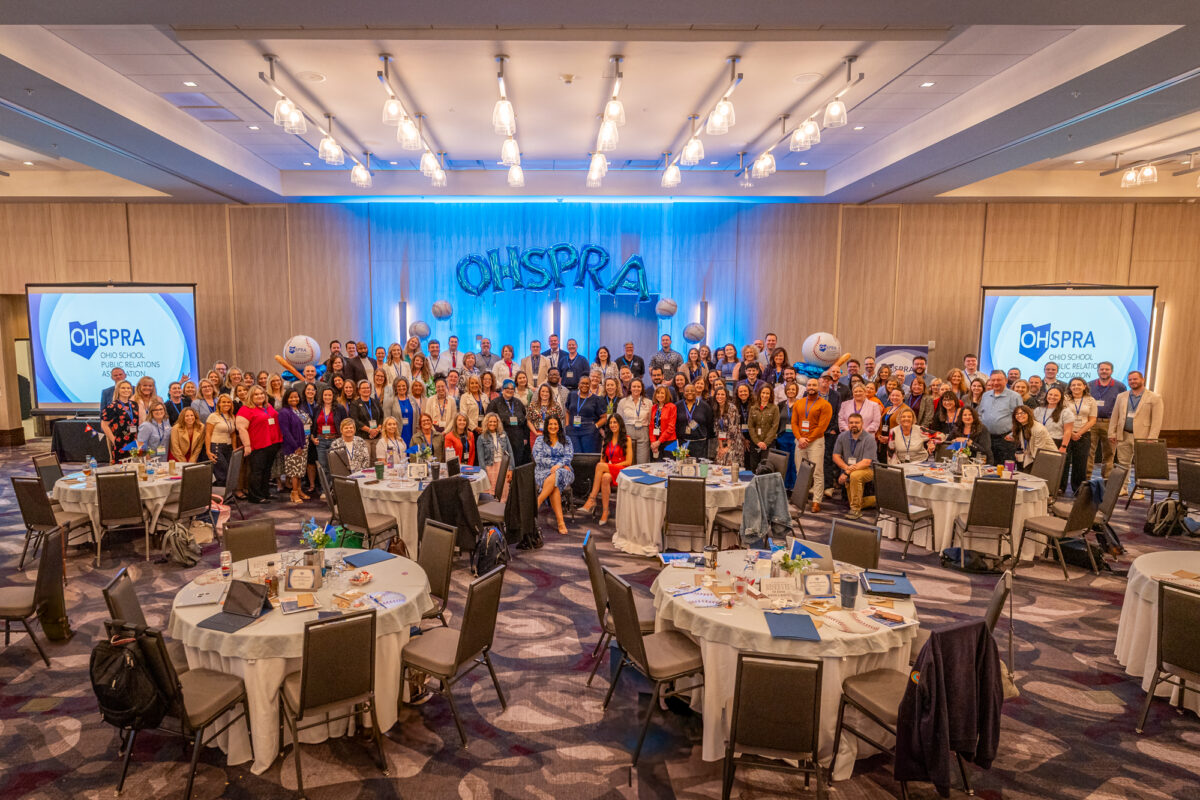
TDA Communications
In this challenging and crucial landscape, the Communications Team at TDA is dedicated to supporting school communication professionals. As a production agency operating within an architecture firm, we focus on spotlighting the individuals and initiatives that make a significant difference in schools. Sharing the most impactful stories through documentary-style video narratives, photography, and written materials is our passion. This work is driven by the belief that creative vision, in the hands of talented artists, can transform raw information into compelling narratives that inspire and connect with audiences. With a diverse skillset, our award-winning team leverages decades of combined experience to bring these stories to life.
The team was honored to be recently recognized by OHSPRA for our efforts in helping tell these stories, receiving four communication awards in partnership with school districts. Three communication pieces were awarded a “Mark of Excellence” for their video and presentation work, with another receiving the prestigious “Best of the Best” for written materials.
The Ohio School Public Relations Association Media Awards
Best of the Best Award
This “Best of the Best” award was presented for an article developed in conjunction with Indian Valley Superintendent Dr. Ira Wentworth, whose compelling recounting of how his personal experience as a track athlete influenced the design of the district’s new stadium complex. This facility was designed by TDA in collaboration with Indian Valley Local Schools. The sports complex now hosts state championship athletic competitions that were not previously possible. By incorporating direct quotes from the interview and showcasing photography of the completed facility, the article effectively shared a story that can now resonate beyond just the community.
The most fascinating narratives are ultimately about people—how a building, event, or educational program inspires individuals to learn, succeed, and connect.
Highlighting achievements like this through skilled public relations storytelling is vital. It celebrates success and demonstrates the tangible ways in which educational initiatives and thoughtful facilities directly enhance the student experience, benefiting the wider community and fostering greater understanding and support for public education.
If you would like to know more about TDA Communications, reach out to rcaswell@thendesign.com.

Ryan Caswell
Get our newsletter with insights, events and tips.
Recent Posts:
New Brunswick High School Groundbreaking Ceremony
Highlighting Excellence in School Communication

